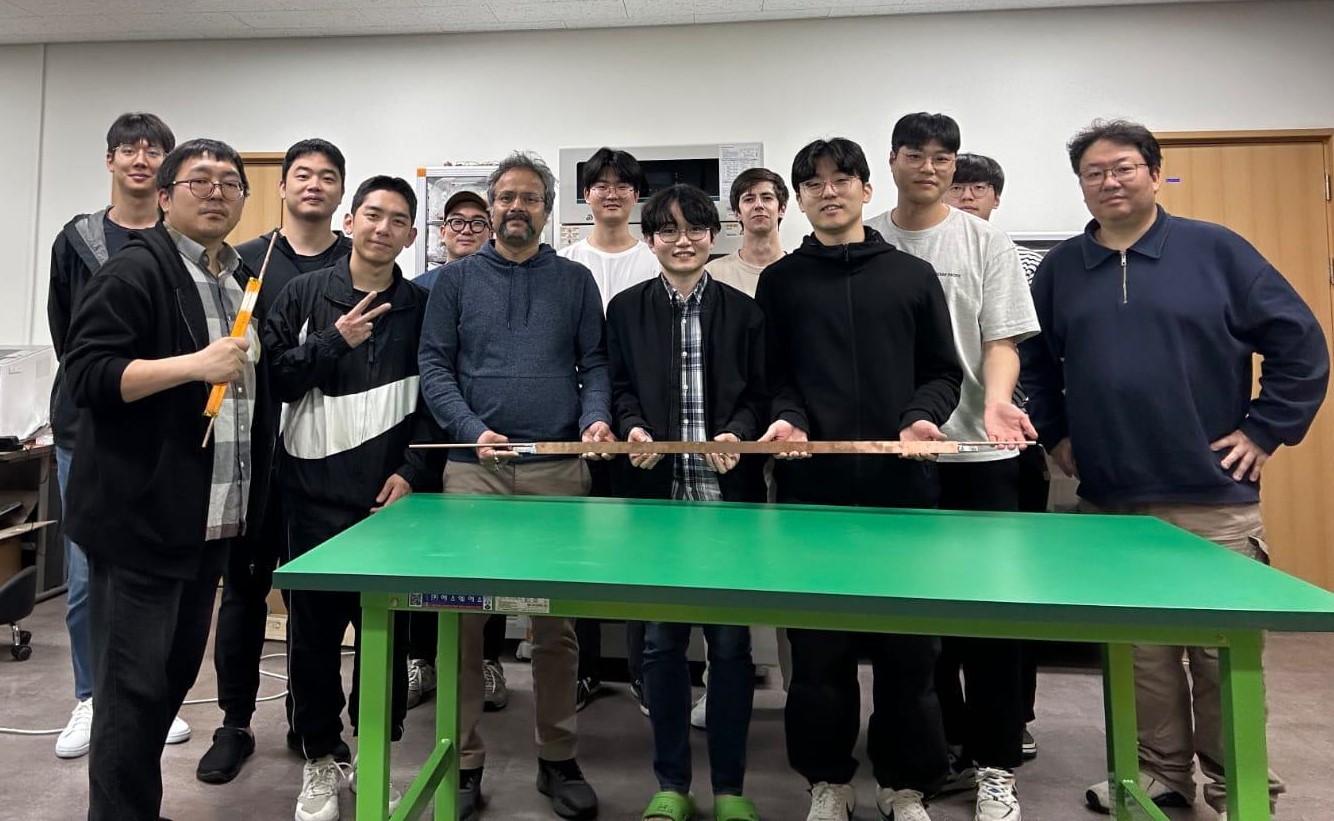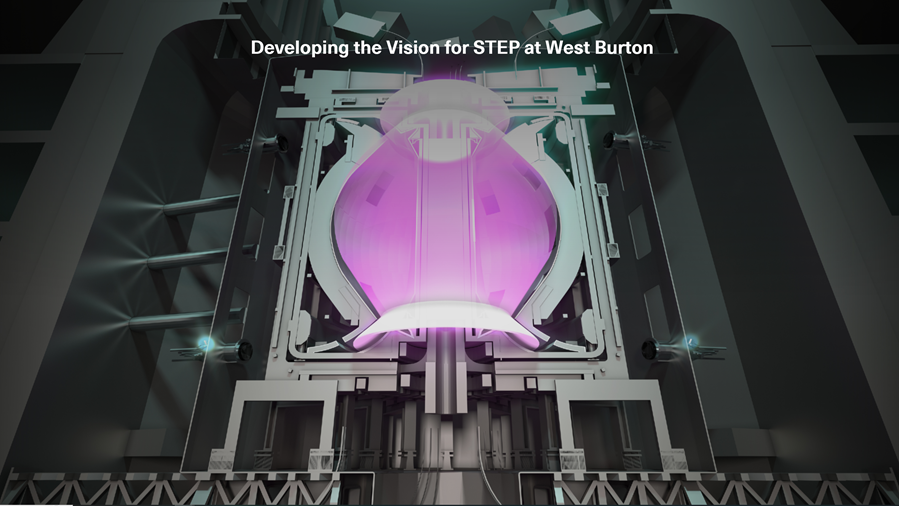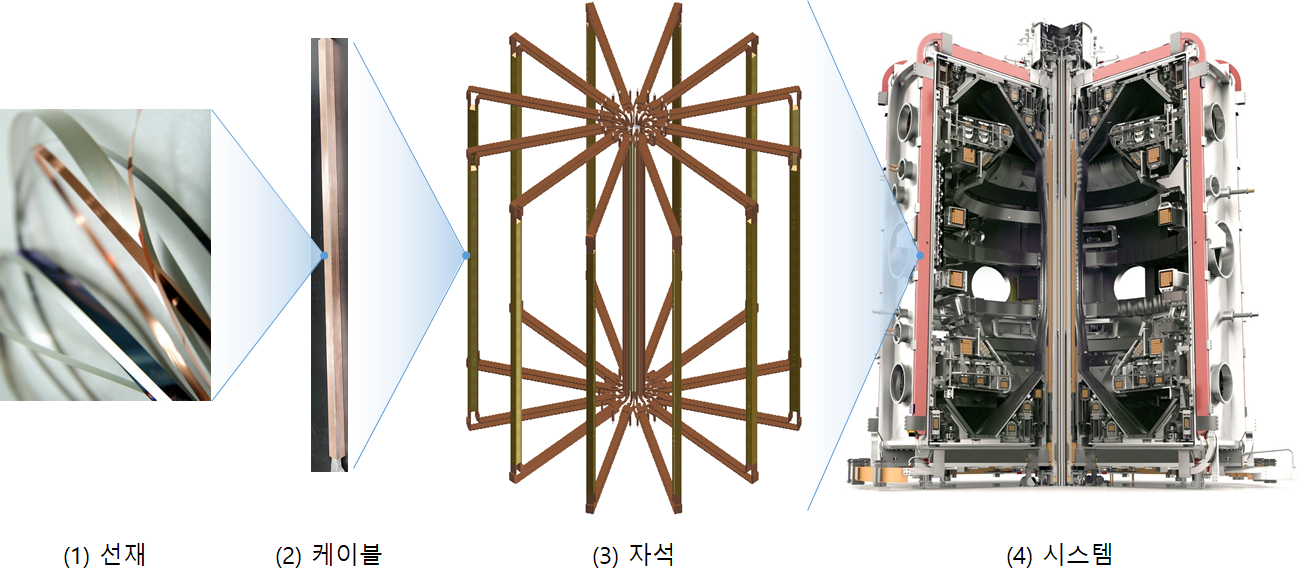- About
- Academics
-
Undergraduate Programs
- Civil and Environmental Engineering
- Architecture and Architectural Engineering
- Mechanical Engineering
- Industrial Engineering
- Energy Resources Engineering
- Nuclear Engineering
- Materials Science and Engineering
- Electrical and Computer Engineering
- Naval Architecture and Ocean Engineering
- Computer Science and Engineering
- Aerospace Engineering
- Chemical and Biological Engineering
-
Graduate Programs
- Civil and Environmental Engineering
- Architecture and Architectural Engineering
- Mechanical Engineering
- Industrial Engineering
- Energy Systems Engineering
- Materials Science and Engineering
- Electrical and Computer Engineering
- Naval Architecture and Ocean Engineering
- Computer Science and Engineering
- Chemical and Biological Engineering
- Aerospace Engineering
- Interdisciplinary Program in Technology, Management, Economics and Policy
- Interdisciplinary Program in Urban Design
- Interdisciplinary Program in Bioengineering
- Interdisciplinary Program in Artificial Intelligence
- Interdisciplinary Program in Intelligent Space and Aerospace Systems
- Chemical Convergence for Energy and Environment Major
- Multiscale Mechanics Design Major
- Hybrid Materials Major
- Double Major Program
- Open Programs
-
Undergraduate Programs
- Research
- Campus Life
- Communication
- Prospective Students
- International Office
News
Seoul National University Collaborates on HTS Cables for STEP Prototype Plant
-
Uploaded by
대외협력실
-
Upload Date
2024.11.13
-
Views
1,091
Seoul National University Collaborates on HTS Cables for STEP Prototype Plant
Seoul National University (SNU) signs collaboration agreement to develop High Temperature Superconductor (HTS) cables needed to develop the UK’s prototype fusion energy plant, STEP (Spherical Tokamak for Energy Production)
Seoul National University today announces a collaboration to accelerate the development of high-temperature superconducting magnets for STEP, the UK’s pioneering fusion programme to deliver a prototype fusion energy plant.
The aim of the collaboration between SNU’s Applied Superconductivity Centre and the STEP programme team, is to elevate the technology readiness level of HTS cable needed to create stronger magnetic fields that will enable STEP’s superconducting magnets to confine its fusion plasma.
The STEP programme is led by UK Industrial Fusion Solutions – a wholly owned subsidiary of UK Atomic Energy Authority Group – and aims to pave the wave for the commercial viability of fusion by demonstrating net energy, fuel self-sufficiency and a viable route to plant maintenance.
Ezzat Nasr, STEP Confinement Product Lead, UK Industrial Fusion Solutions, said: “The goal is to use these cables to fabricate scaled-down coils, with the aim of developing skills and accelerating innovative technologies to deliver magnet systems for future fusion energy plants. Our work with SNU will advance HTS magnet technology by improving the repeatability and scalability of longer-length cables.”
The collaboration with SNU builds on preliminary small-scale samples tested at cryogenic temperatures (77 K). The next phase will focus on prototype HTS cables capable of carrying 100 kA, which are planned to be tested at 20-40 K in a high background field.
Professor Seungyong Hahn from the Department of Electrical and Computer Engineering, Seoul National University's College of Engineering, said: “With past three years of experience developing high-temperature superconductor cables and magnets through the PRISM project launched in Korea, Seoul National University was able to contribute to this collaboration. Partnering with the UK’s STEP programme on this endeavour is a privilege, and we are optimistic about the significant advancements this partnership will bring to fusion magnet technology.”
This joint research is supported by the Ministry of Science and ICT’s Korea Research Foundation and is based on the research outcomes of the PRISM project (project leader: Sangjin Lee, a visiting professor at the Department of Electrical and Computer Engineering, SNU), led by the Applied Superconductivity Center at Seoul National University. The STEP project includes participation from PowerNix Co., Ltd. and Standard Magnet Inc., both members of the joint research team.
Fusion can be thought of as the opposite of fission – combining lighter atoms rather than splitting heavier ones. It is based on the same processes that power the Sun and stars and has the potential to provide safe, sustainable and low-carbon energy for generations to come.
STEP is the UK’s flagship fusion programme that will demonstrate both a technical and industrial pathway towards the commercial realisation of fusion. For further information, visit: step.ukaea.uk or follow social channels @STEPtoFusion.
* About STEP (Spherical Tokamak for Energy Production) STEP is the UK’s pioneering technology and infrastructure programme that will develop, scale and deliver a flourishing fusion energy industry. By building a prototype powerplant at West Burton site in Nottinghamshire, by 2040, STEP will unlock the path to commercial fusion energy and its massive economic, scientific and technological benefits. STEP is a UK Government-funded, staged programme based on a spherical tokamak design.
|

Figure 1. Photo taken during mid-October of UKAEA’s visit to Korea, featuring the high-temperature superconductor cable developed in collaboration with the SNU research team.
Figure 2. Conceptual illustration of the STEP fusion system currently under development by the UK Atomic Energy Authority (UKAEA).
Figure 3. Concept of fusion superconducting systems: a developmental schematic showing the process from superconducting wire → cable → magnet → system. 
Figure 4. The high-temperature superconducting cable produced through collaboration between Seoul National University and the UK Atomic Energy Authority.
[Broadcast Video]
- SBS : South Korea offers superconducting technology to UK to accelerate nuclear fusion (https://www.youtube.com/watch?v=AHP1mmeoJ0w)
- YTN : UK partners with Seoul National University to make nuclear fusion dreams a reality (https://www.youtube.com/watch?v=rBjb1rPbO8A)